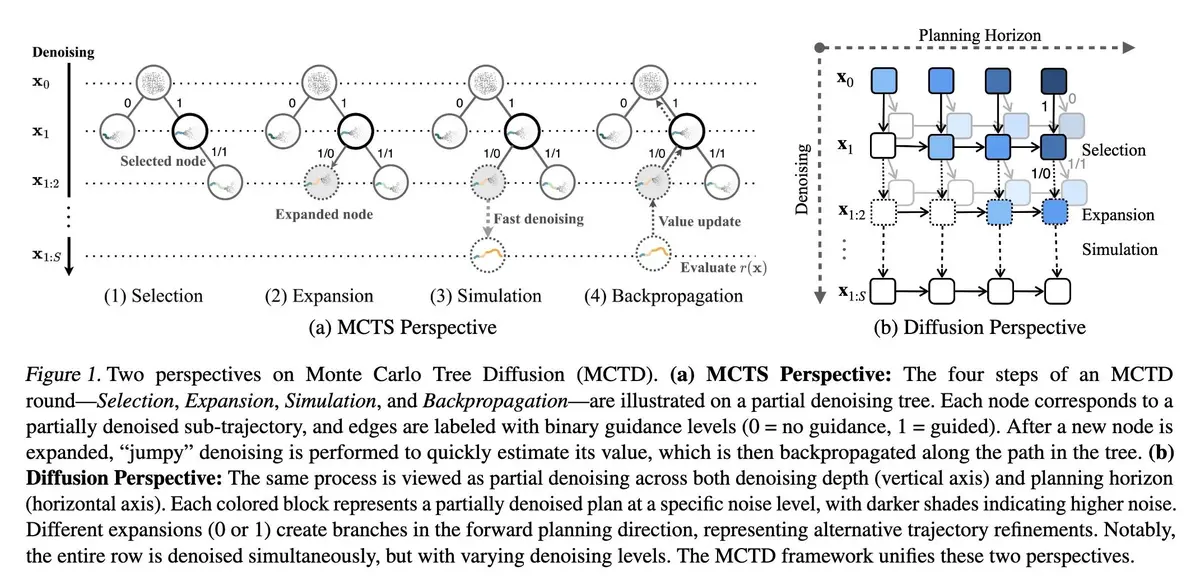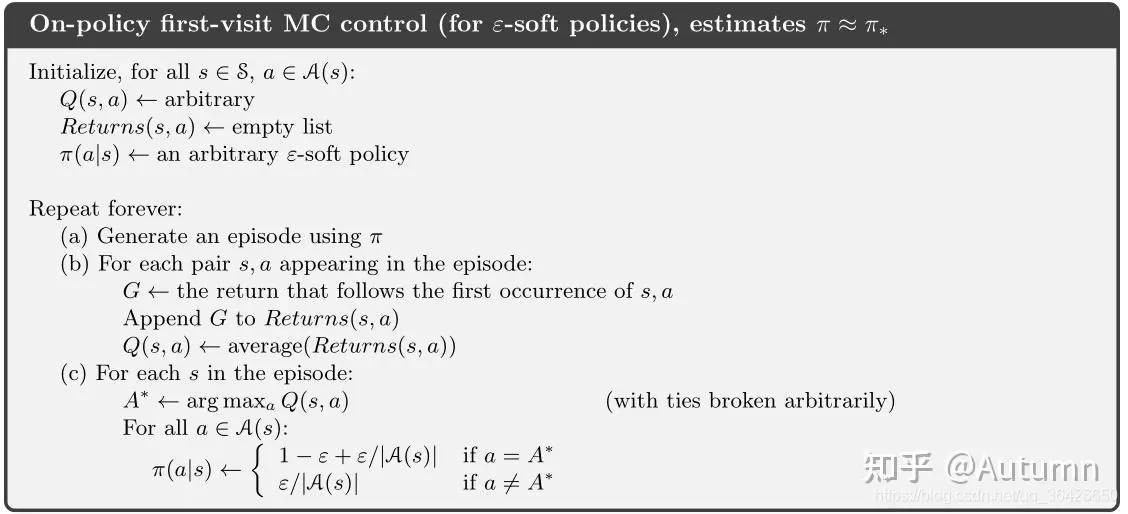=============================================
Introduction
Portfolio management is as much about managing uncertainty as it is about allocating assets. Market volatility, interest rate fluctuations, geopolitical risks, and behavioral biases can all impact investment outcomes. One of the most powerful tools that investors and quantitative analysts use to measure and manage these uncertainties is Monte Carlo simulation. By running thousands—or even millions—of possible scenarios, Monte Carlo helps investors understand potential risks and returns, making it an essential part of portfolio management with financial engineering.
In this article, we will explore how Monte Carlo helps in portfolio management, discuss its applications in risk assessment and optimization, compare different approaches, and provide actionable insights from both professional experience and recent industry trends.
What is Monte Carlo Simulation in Finance?
Monte Carlo simulation is a computational technique that uses repeated random sampling to model the probability of different outcomes in uncertain processes. In finance, it allows analysts to simulate asset prices, interest rates, and portfolio returns under a wide range of potential market conditions.
Unlike deterministic models that provide a single outcome, Monte Carlo models generate a distribution of possible results, giving investors a deeper understanding of risks such as:
- Probability of portfolio loss beyond a certain threshold
- Likelihood of achieving a target return
- Impact of extreme events (“black swans”) on portfolio performance
Why Monte Carlo is Essential in Portfolio Management
Monte Carlo provides portfolio managers with several unique advantages:
- Comprehensive Risk Assessment: Unlike traditional variance or Value at Risk (VaR) models, Monte Carlo captures non-linear risks and tail events.
- Dynamic Asset Allocation: Simulations can incorporate time-varying correlations between asset classes.
- Realistic Market Behavior: Incorporates fat tails, volatility clustering, and jump processes that better reflect market realities.
For these reasons, many hedge funds, investment banks, and family offices integrate Monte Carlo into their quantitative trading and risk management systems.

Applications of Monte Carlo in Portfolio Management
1. Portfolio Risk Assessment
Monte Carlo simulations can evaluate how likely a portfolio is to experience extreme losses under adverse market conditions. This is particularly useful when assessing downside risk and stress testing across multiple scenarios.
For example, a global equity-bond portfolio can be simulated under thousands of paths to estimate its probability of losing more than 20% in a financial crisis scenario.
2. Portfolio Optimization
Traditional optimization methods like mean-variance optimization (Markowitz model) assume normally distributed returns. Monte Carlo, however, can simulate real-world scenarios where returns may be skewed or heavy-tailed.
This makes it possible to:
- Identify robust allocations that perform well across a wide range of environments
- Avoid overfitting to historical averages
- Account for rare but high-impact events
3. Retirement Planning and Wealth Management
For individual investors, Monte Carlo helps determine whether retirement savings are sufficient. By simulating thousands of potential market paths, wealth managers can provide clients with a probability distribution of outcomes, allowing them to make more informed decisions about spending and saving.
Two Monte Carlo Approaches in Portfolio Management
1. Historical Resampling (Bootstrap Monte Carlo)
This method uses historical return data and resamples it randomly to create potential future scenarios.
Advantages:
- Easy to implement with real market data
- Preserves historical correlations between assets
- Transparent and intuitive for clients
Disadvantages:
- Relies heavily on past data (which may not reflect future conditions)
- Limited ability to model unprecedented shocks
2. Parametric Monte Carlo (Stochastic Modeling)
In this method, portfolio returns are simulated using mathematical models (e.g., Geometric Brownian Motion, GARCH processes, or copulas for asset correlations).
Advantages:
- Flexibility to model extreme events and complex distributions
- Useful for testing “what-if” scenarios outside historical data
- Can incorporate macroeconomic variables or regime-switching models
Disadvantages:
- Requires strong quantitative expertise and assumptions
- Results may be sensitive to model selection and parameter estimation
Recommended Approach
In practice, combining both methods yields the most robust results. Historical resampling grounds the model in reality, while parametric simulation allows for stress testing and forward-looking scenario analysis. This hybrid approach is increasingly favored by hedge funds and institutional investors.
Industry Trends: Monte Carlo in Modern Portfolio Analytics
- Integration with Machine Learning: Monte Carlo is being combined with deep learning to improve predictive accuracy.
- Real-Time Risk Management: Cloud computing allows Monte Carlo simulations to run in real time, updating portfolio risk metrics instantly.
- Broader Adoption in WealthTech: Robo-advisors use simplified Monte Carlo simulations to communicate risks to retail investors.

Example: Monte Carlo Simulation Workflow
Monte Carlo workflow for portfolio management
Related Insights with Internal Linking
Monte Carlo is not only used for portfolio optimization but also widely applied in trading systems. For instance, understanding how to use Monte Carlo for quantitative trading helps traders test their strategies under thousands of market scenarios before committing real capital. Similarly, risk managers often ask why use Monte Carlo for risk assessment in trading, as it offers a much more realistic picture of downside exposure compared to traditional VaR models.
FAQ: Monte Carlo in Portfolio Management
1. How reliable is Monte Carlo in predicting portfolio performance?
Monte Carlo does not predict the future with certainty—it provides a distribution of possible outcomes. Its reliability depends on the quality of inputs (historical data, volatility estimates, correlation structures). Used correctly, it is one of the best tools for assessing risk-adjusted probabilities.
2. Can Monte Carlo handle extreme market events like 2008 or COVID-19?
Yes. Unlike traditional linear models, Monte Carlo can simulate fat-tailed distributions and stress scenarios. By incorporating jump diffusion models or volatility clustering, it can realistically capture crisis-like conditions. However, assumptions must be carefully designed to avoid underestimating risk.
3. Is Monte Carlo suitable for retail investors?
Absolutely. Many wealth management platforms and robo-advisors use simplified Monte Carlo simulations for retirement and investment planning. While institutional models are more sophisticated, even retail versions can provide valuable insights into the probability of achieving financial goals.
Conclusion
Monte Carlo simulation has transformed portfolio management by enabling investors to move beyond simple averages and embrace the full distribution of risks and returns. Whether applied for risk assessment, optimization, or retirement planning, Monte Carlo provides clarity in an uncertain world.
As markets become more complex, integrating Monte Carlo with machine learning and cloud technology will further enhance its role in professional portfolio management. Investors who adopt these methods gain a significant edge in navigating uncertainty.
If you found this article insightful, share it with colleagues, leave a comment with your perspective, or start a discussion on how you apply Monte Carlo in your own portfolio management strategies. Together, we can expand the practical applications of this powerful tool in finance.

0 Comments
Leave a Comment